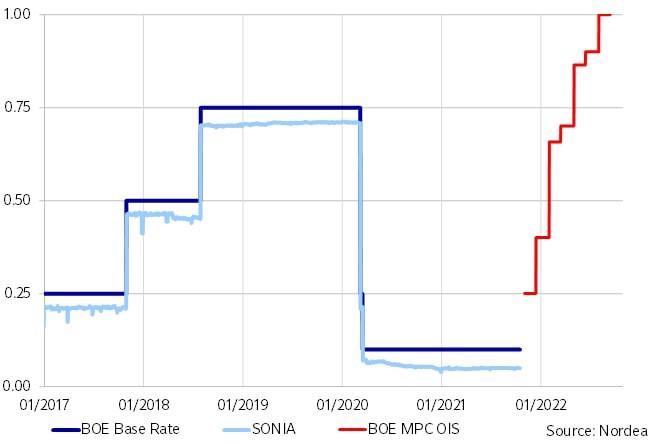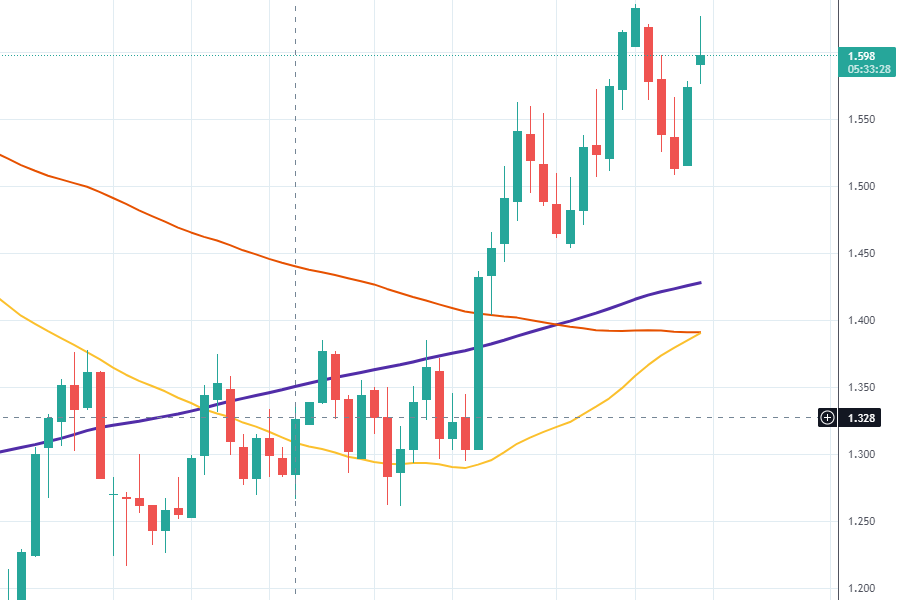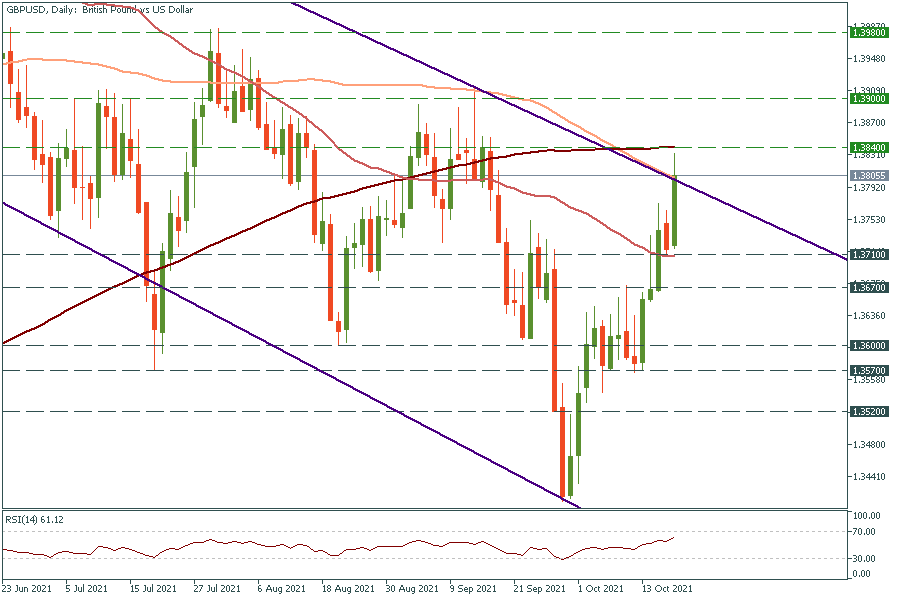Trading Accounts
Trading Conditions
Financials
CFD Trading instruments

Don’t waste your time – keep track of how NFP affects the US dollar!
The ASIC policy prohibits us from providing services to clients in your region. Are you already registered with FBS and want to continue working in your Personal area?
Personal areaThe performance of the British pound against other majors has grabbed a lot of attention during the last couple of weeks. The British pound was rising due to underlying fundamentals. However, according to the major analysts, the currency will remain under pressure in the longer term. What are the forecasts for the British pound and what factors will drive it?
Fundamentally speaking, the British pound is moving on the bets of a sooner-than-expected rate hike. On Sunday, the Bank of England Governor Andrew Bailey said that the regulator was ready to raise the interest rate. The main reason he mentioned was linked to the soaring gas and electricity prices that create inflationary pressures in the British economy. That is, the UK may experience a spike in inflation that will last for a prolonged period. The markets quickly reacted to his comments, pricing in at least four rate hikes in the next year.

This week, traders await the British Inflation Rate on Wednesday at 09:00 MT time (GMT+3). According to analysts’ consensus, we will see 3.2% y/y once again. However, if it continues to move higher above the BOE’s target, a rate increase in November would be highly possible. This scenario will push the GBP higher.
On the other hand, traders of GBP/USD should pay particular attention to the US dollar as the American currency has risen Monday following the ongoing recovery in the US 10-year Treasury yields.

Given the fact that the Fed is on its way to finally begin tapering, the British pound may become weaker than the US dollar in the long term.
The British pound surged against the USD on Tuesday. GBP/USD tested the levels near the 200-day MA at 1.3840, above the upper border of the descending trading channel. The break above this border and the 200-day SMA will trigger a further surge to 1.39. However, if the GBP continues trading within the channel, it will move towards the lower border. In that case, the first support will lie at 1.3710, the next one - at 1.3670.
